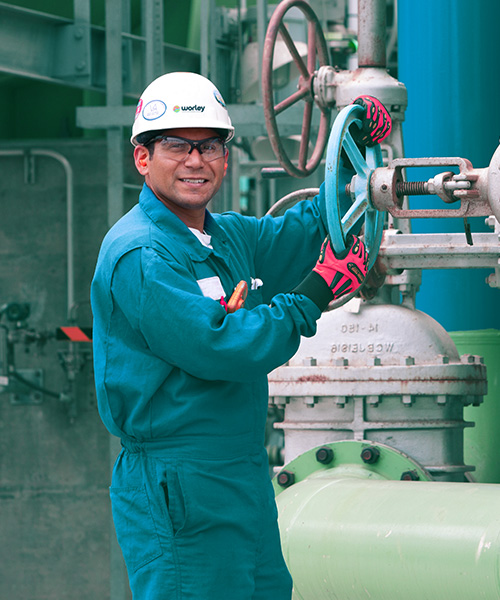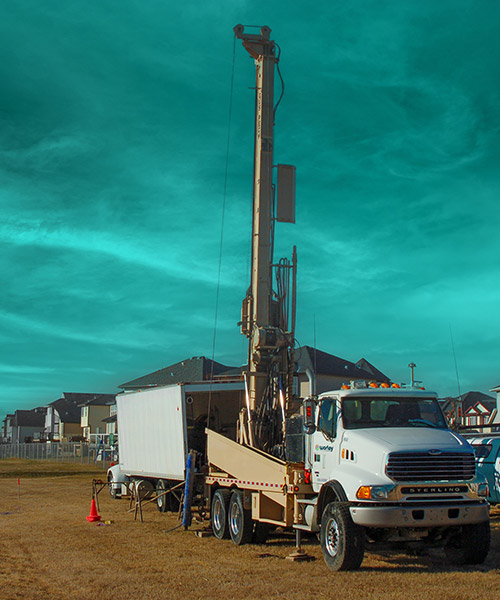September 15, 2021 • 2 min read
Asset reliability: The benefits of remote monitoring
How our remote monitoring centre is turning today’s risk into tomorrow’s opportunity
A multimillion dollar investment. Demanding production targets in a high risk environment. And the risk of unplanned shutdowns because of equipment failure.
Asset operators need to constantly strike a balance between minimizing operating costs and maximizing efficiency and reliability, so that the reward justifies the risk.
“Asset operators’ priority is reliability,” says Russell Claxton, Senior Vice President, Worley Power Services. “They need to avoid time consuming and expensive unplanned shutdowns and increase the efficiency and turnaround of planned shutdowns through effective maintenance forecasting and scheduling.”
This is where our remote monitoring centre (RMC) in Sydney, Australia can help. It combines our operations and maintenance experience with the latest digital technology and data science techniques to help operators reduce asset monitoring costs and make better decisions.
Creating a cost effective and secure asset monitoring service
Monitoring assets remotely isn’t as straight forward as it sounds.
“Aside from the hardware and software needed to build a control room that’s functional and cyber-secure, there’s also a resource challenge,” explains Claxton. “To be effective, it needs to be staffed by experts 24 hours a day, seven days a week. As a result, asset operators tend to explore external service providers.
“But many of these providers have limitations around the equipment manufacturers they can interact with. This means operators may have to choose between incomplete monitoring coverage or expensive equipment changes.”
The RMC overcomes these challenges by offering customers a cost effective and secure monitoring service, with the flexibility to interact with any equipment manufacturer.
“Project delivery, engineering and operations and maintenance are our core business. And our team at the RMC brings this perspective and technical understanding into the control room, with a systam agnostic approach,” says Claxton.
“So, whatever the scale of an operation or asset configuration, operators can centralize monitoring activities, use data to improve decision making and integrate advanced technologies such as predictive analytics.”
Getting long term value from asset data
If asset monitoring is limited to reacting to emergency situations or equipment malfunctions, then operators could be missing an opportunity.
“We call this ‘monitoring myopia’,” says Claxton. “There’s long term value in the data assets create. And in the right hands, that data can be used to optimize reliability and performance.”
Take the example of a wind farm operator in South Australia. The RMC used its power generation and energy market data to help improve power generation management and increase the return on the energy generated.
“Fluctuation in weather and wind speeds can create periods of high price volatility in the wholesale wind energy market,” explains Hema Wadhwa, Remote Monitoring and Digital Services Manager. “At times supply can exceed demand, causing large price drops or periods of negative pricing that erode profit.
“By remotely managing generation levels in sync with market volatility, we were able to advise the wind farm operator on when to shut down production, so it only generated energy during favorable market conditions.”
This created a return of AUD $125,000 over a six month period. For a 100 MW wind farm, that’s equivalent to more than AUD $600,000 annually.
Every asset data point has a story to tell
Whether it’s flagging a potential emergency or failure, or it’s part of a long term trend or insight, remote monitoring can help operators manage risk today and ensure asset reliability and performance tomorrow.




